'˜Rockstar' garden designer's free advice for estate
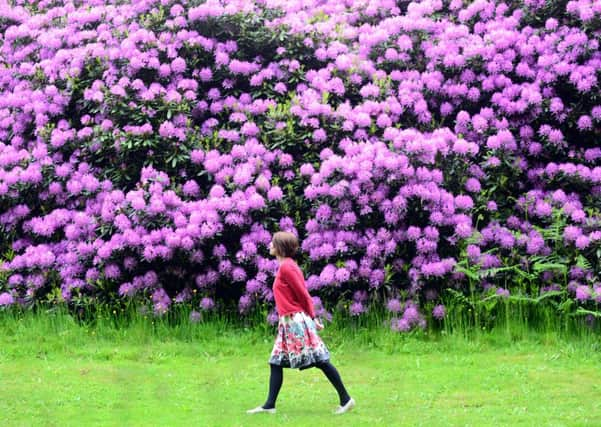

Now, it has been confirmed that Lancelot ‘Capability’ Brown gave advice to the owners of one of South Yorkshire’s Georgian stately homes - and seemingly for free.
Historians have confirmed that the famous landscape architect visited Cannon Hall, near Barnsley, in 1778.
Advertisement
Hide AdAdvertisement
Hide AdA letter written to the hall’s owner, Walter Spencer-Stanhope, outlines the writer’s thoughts on Brown’s visit, where he apparently objected to the planting of Cannon Hall’s much-loved avenue of trees.
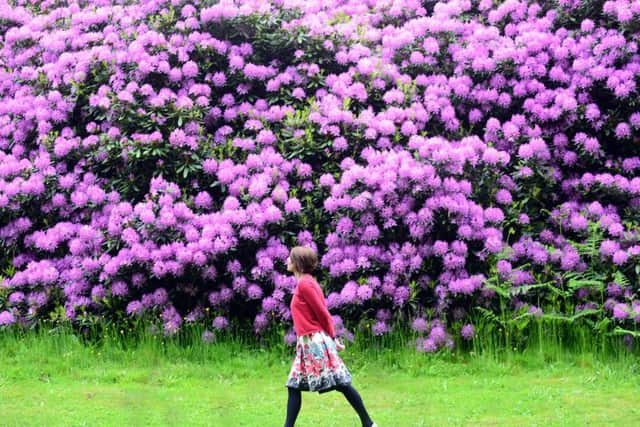

The gardens at Cannon Hall were designed by Richard Woods, a contemporary of Brown, who despite designing more than 40 projects around the country, never quite grew to the prominence of his rival. His designs included more flowers than Brown’s, and that possible rivalry between them could go some way to explaining Brown’s comments.
The letter to Spencer-Stanhope, unearthed in Annals of a Yorkshire House, reads: “Mr Brown in consequence of the night air was much incommoded with asthma. I attended him on Wednesday to Cannon Hall where he paid you some compliments, but objected a little to your new planted avenue … He has not given me his opinion on the ‘capabilities’ of the place.”
It, alongside other documentation unearthed by the team, was analysed by the Capability Brown 300 Trust, who after examining their own records, confirmed “100 per cent” that the landscape architect had visited Cannon Hall.
Advertisement
Hide AdAdvertisement
Hide AdThis year marks the tercentenary of Brown’s birth, and to mark the finding, the book will be on display at Cannon Hall until October. Also on display are pieces of textile art inspired by the grounds of Cannon Hall, by the Embroiderer’s Guild.
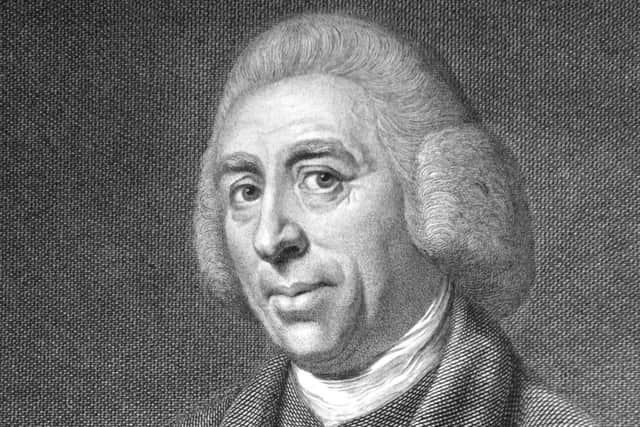

Brown changed the face of 18th century English landscapes. He designed the gardens of at least 20 Yorkshire estates, including Scampston Hall near Malton, Harewood House in Leeds, the valley at Roche Abbey and Sledmere House near Driffield.
The role of Woods in 18th century landscaping is becoming increasingly recognised, and park he designed at Cannon Hall is Grade-II listed by English Heritage.
Cannon Hall’s project support officer, Alison Cooper, said: “We’re very proud that the Capability Brown 300 Trust have given us the affirmation that he did, 100 per cent, visit Cannon Hall.
Advertisement
Hide AdAdvertisement
Hide Ad“Richard Woods is also celebrating his tercentenary, as we believe he was born in 1716, through we cannot be sure. We feel he was a very important figure, and prolific in Yorkshire and across the UK, also designing gardens at Cusworth Hall near Doncaster and Bretton Hall near Wakefield.
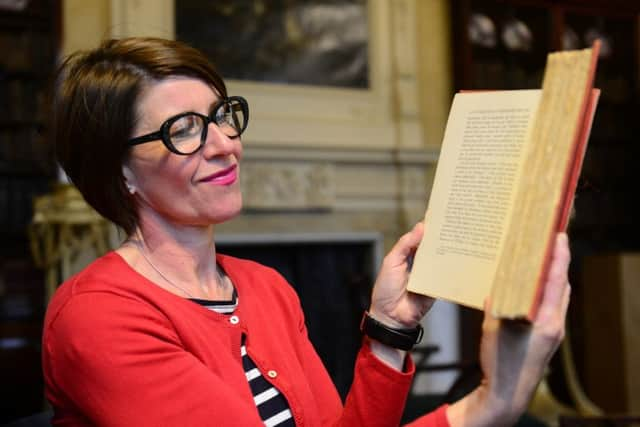

“Brown did not seem to be enamoured by the Avenue of Lines - which are very beautiful - and you have to wonder if it might have been because Woods was behind it.”
The two designers’ styles do have many similarities, and Woods’ mark on the landscape at Cannon Hall can be seen today.
However, it is hoped to restore the grounds to the glory days of his time using £2.8m of Heritage Lottery Funding. The money, which has been earmarked but not yet finalised, would be used to restore the heritage of the grounds and bring the parkland back to what it was in Woods’ era.
Advertisement
Hide AdAdvertisement
Hide AdIn particular, the lakes would be brought back to their Georgian splendour and other elements will be re-designed along original plans.
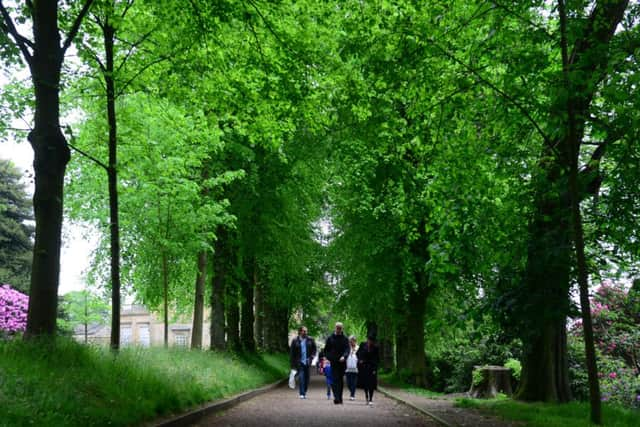

Miss Cooper said: “The confirmation of Brown’s visit has come at a wonderful time as we work on the development phase of the bid for funding. The gardens and parkland at Cannon Hall receive 300,000 visitors a year and it would be wonderful to put the heritage back in.”
Cannon Hall will discover if the final bid has been successful in December, with work hoped to begin in 2017.
Yorkshire exhibition
The first exhibition dedicated to the Yorkshire landscapes of Lancelot ‘Capability’ Brown opens in Harrogate later this month.
Advertisement
Hide AdAdvertisement
Hide AdHeld to celebrate the tercentenary of Brown’s birth, Noble Prospects: Capability Brown and the Yorkshire Landscape, will also mark the 20th anniversary of the founding of the Yorkshire Gardens Trust.
Yorkshire has one of the highest concentrations in the country of Brown’s work, and featured in the show will be original plans, drawings and documents by Brown and paintings of his creations.